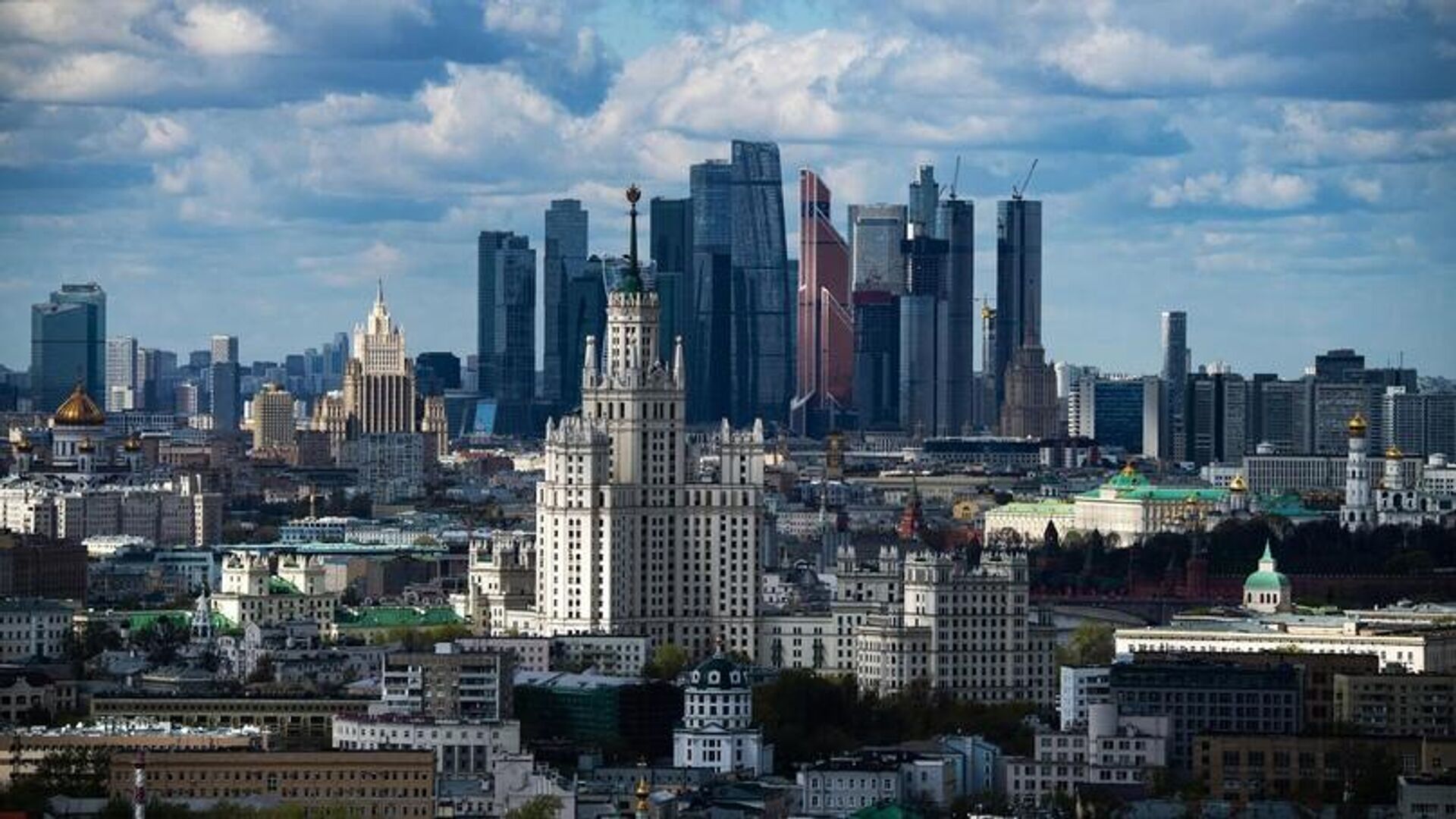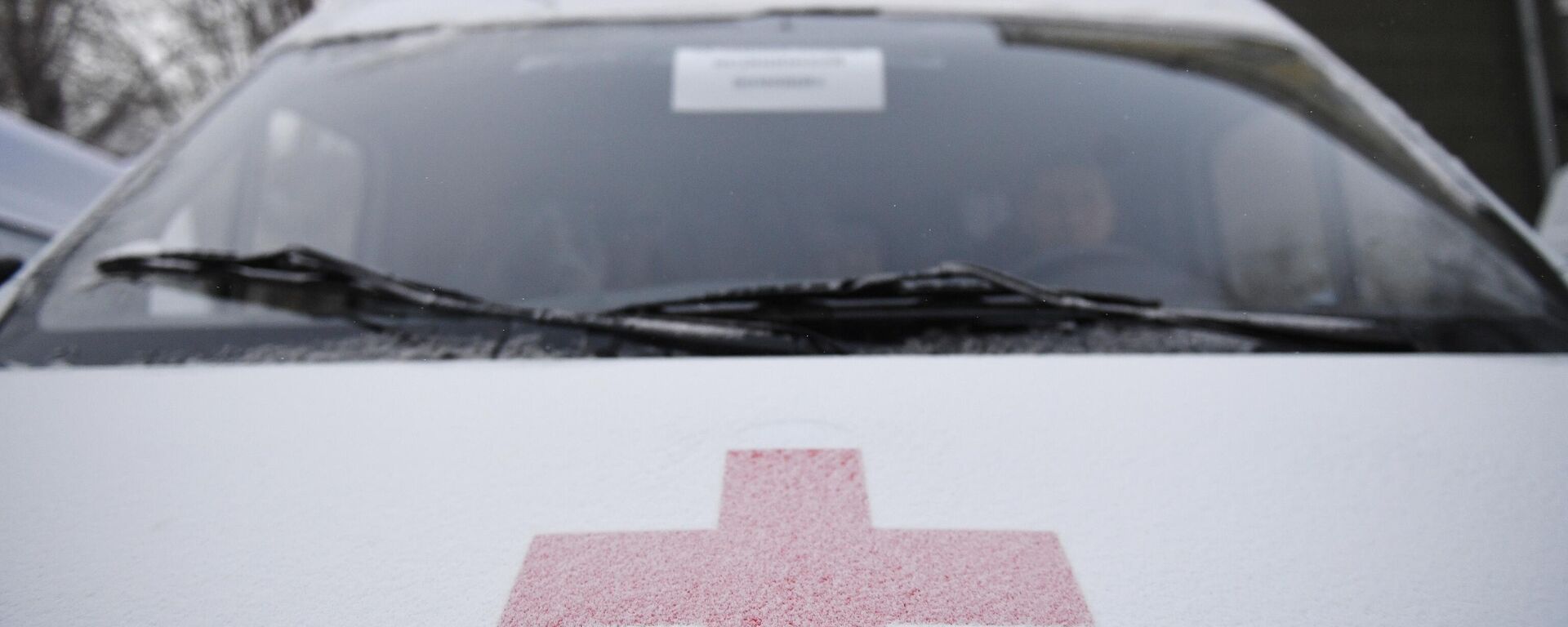https://sputnikglobe.com/20250205/new-method-of-protecting-buildings-from-collapse-developed-in-russia-1121536757.html
Russia Unveils Revolutionary Method to Collapse-Proof Buildings
Russia Unveils Revolutionary Method to Collapse-Proof Buildings
Sputnik International
A new method for protecting buildings from progressive collapse, based on a mathematical model, has been developed by scientists at VyatSU. According to the authors, the development is cost-effective and can be used in the reconstruction of industrial and public buildings, as reported by the university's press service to Sputnik.
2025-02-05T10:22+0000
2025-02-05T10:22+0000
2025-02-05T11:06+0000
russia
russia
building
building collapse
scientists
scientific study
scientific research
https://cdn1.img.sputnikglobe.com/img/07e8/02/17/1116929910_0:0:807:454_1920x0_80_0_0_0d72db502237a849c1143a0c28215684.jpg
In recent decades, incidents such as terrorist attacks, industrial explosions, transport collisions, and local subsidence have become more frequent worldwide. These situations impact building structures in ways not accounted for under normal operating conditions, often leading to progressive or avalanche collapses. This occurs when damage to one of a building's load-bearing elements causes most or all of the building to collapse.Currently, to protect existing industrial facilities from potential progressive collapse, recommendations suggest increasing the cohesion and static indeterminacy of structures. This typically involves reconstructing freely supported girders into rigidly pinned girders with increased cross-sections and adding additional girders, trusses, and connections.Scientists from Vyatka State University (VyatSU) have developed a mathematical model for an alternative, simpler, and more affordable method to increase the stability of buildings with steel frames and hinged connections between beams and columns, achieved by modernizing their nodes.He explained that when an element bends, the stresses are distributed unevenly, with one part of the cross-section compressed and the other stretched. When the design load is exceeded, the stretched part "tears," and the compressed part "crumbles." When the structure transitions to a hanging system, the entire section is stretched and uniformly engaged, thus increasing the load-bearing capacity.The authors claim that the proposed solutions are more economical than traditional ones, due to lower metal intensity and technological simplicity. Further research will be conducted to prepare the development for implementation.
https://sputnikglobe.com/20230709/death-toll-from-building-collapse-in-brazil-rises-to-14-1111759581.html
russia
Sputnik International
feedback@sputniknews.com
+74956456601
MIA „Rossiya Segodnya“
2025
Sputnik International
feedback@sputniknews.com
+74956456601
MIA „Rossiya Segodnya“
News
en_EN
Sputnik International
feedback@sputniknews.com
+74956456601
MIA „Rossiya Segodnya“
Sputnik International
feedback@sputniknews.com
+74956456601
MIA „Rossiya Segodnya“
progressive collapse, public buildings, mathematical model, protecting buildings from collaps
progressive collapse, public buildings, mathematical model, protecting buildings from collaps
Russia Unveils Revolutionary Method to Collapse-Proof Buildings
10:22 GMT 05.02.2025 (Updated: 11:06 GMT 05.02.2025) A new method for protecting buildings from progressive collapse, based on a mathematical model, has been developed by scientists at VyatSU. According to the authors, the development is cost-effective and can be used in the reconstruction of industrial and public buildings, as reported by the university's press service to Sputnik.
In recent decades, incidents such as terrorist attacks, industrial explosions, transport collisions, and local subsidence have become more frequent worldwide. These situations impact building structures in ways not accounted for under normal operating conditions, often leading to progressive or avalanche collapses. This occurs when damage to one of a building's load-bearing elements causes most or all of the building to collapse.
Currently, to protect existing industrial facilities from potential progressive collapse, recommendations suggest increasing the cohesion and static indeterminacy of structures. This typically involves reconstructing freely supported girders into rigidly pinned girders with increased cross-sections and adding additional girders, trusses, and connections.
Scientists from Vyatka State University (VyatSU) have developed a
mathematical model for an alternative, simpler, and more affordable method to increase the stability of buildings with steel frames and hinged connections between beams and columns, achieved by modernizing their nodes.
"Our method is based on the predicted transformation of a beam system into a hanging system. Essentially, the beam structure, initially working in bending, acquires significant deflection due to the destruction of a part of the central section, which causes it to work in tension. We have figured out how to enable and predict this transformation," said Andrei Cherepanov, a graduate of VyatSU’s Faculty of Construction and Architecture.
He explained that when an element bends, the stresses are distributed unevenly, with one part of the cross-section compressed and the other stretched. When the design load is exceeded, the stretched part "tears," and the compressed part "crumbles." When the structure transitions to a hanging system, the entire section is stretched and uniformly engaged, thus increasing the load-bearing capacity.
The authors claim that the proposed solutions are more economical than traditional ones, due to lower metal intensity and technological simplicity. Further research will be conducted to prepare the development for implementation.



